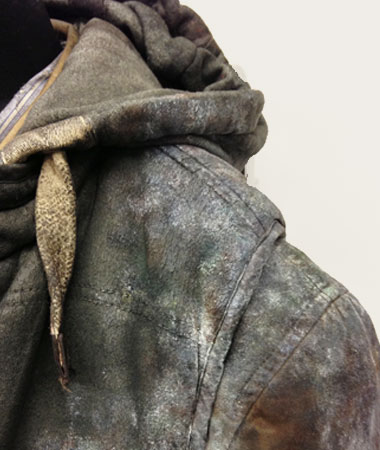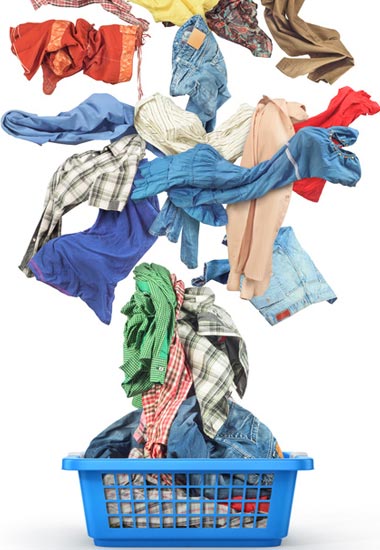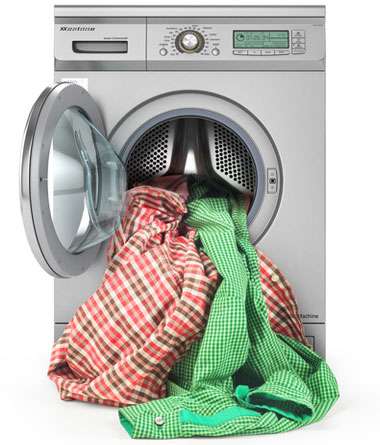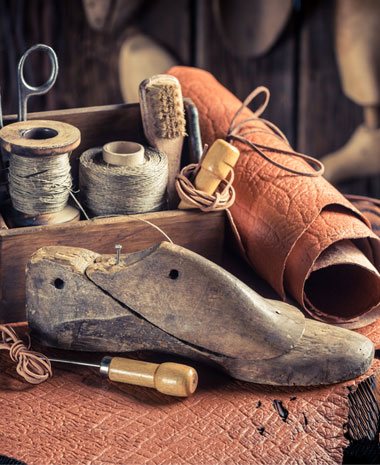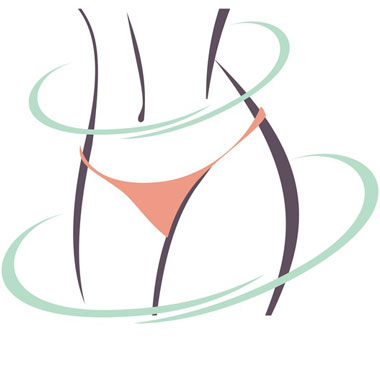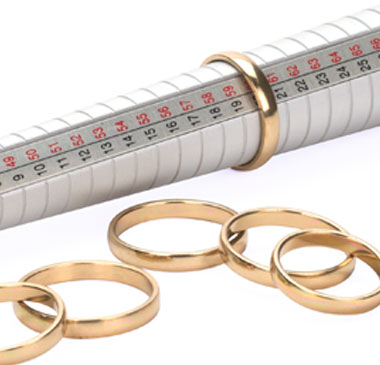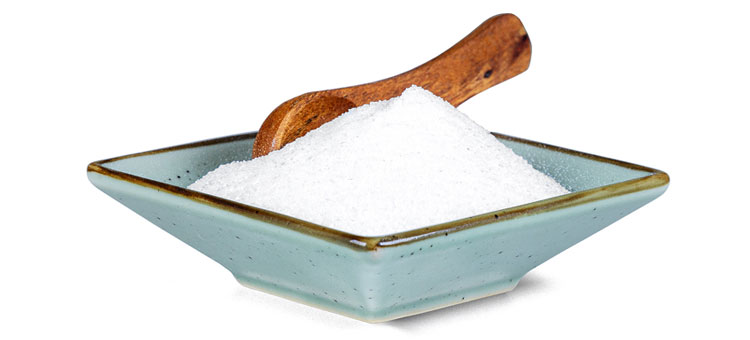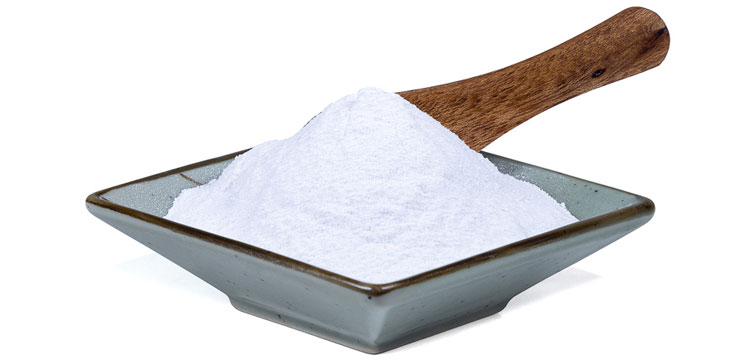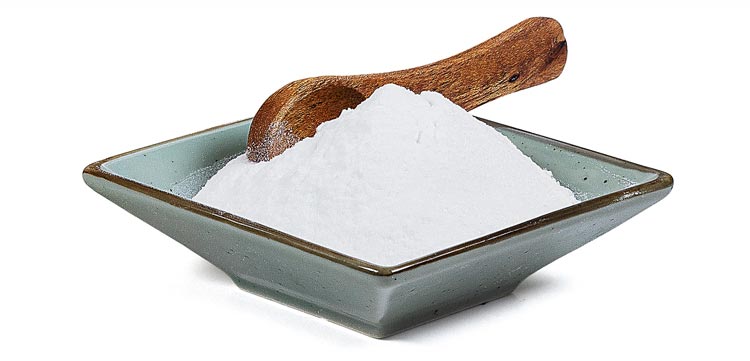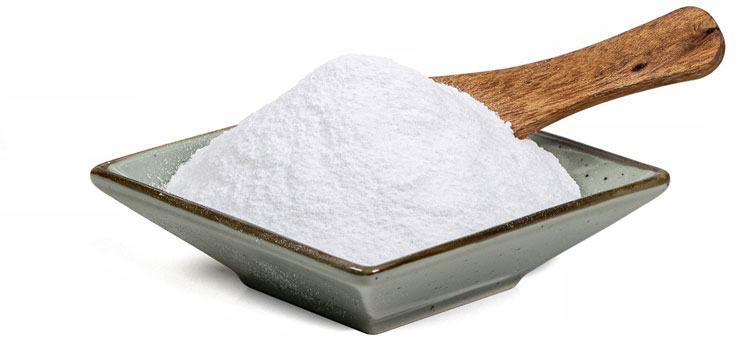PATIN-A Blog – Based on Experience
This blog shows how to patinate correctly, gives tips for the work in the costume department, shows the newest trends and introduces products and their use.
The main focus lies on costume distressing, leather working and textile dyeing. We show trends of the trade and aids for costume design.
Special Chemicals for Better Dyeings
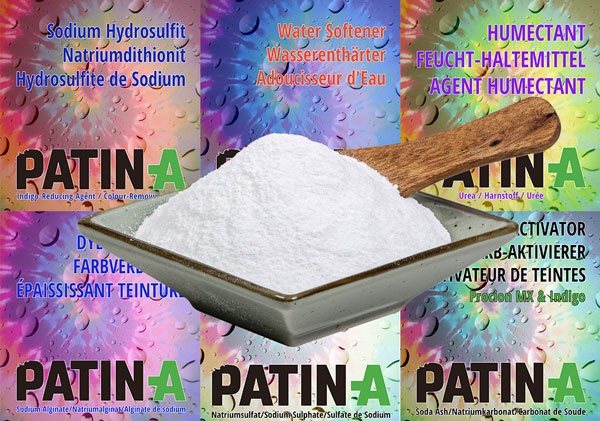
Perfect Dyeing 2.0
Professionals are familiar with (nearly all) chemicals that lead to better dye results. We have written this blog post for users who want to learn a little more about these important additives.
In particular for tie dye (batik dye), the addition of certain chemicals can be very helpful for a more beautiful result.
Dyeing is always a chemical process and it is not a bad idea to know a little about the ingredients in the finished mixtures (e.g. washing machine dyes).
Professional dyers use many more chemicals than the ones we present here. Our chemicals are primarily for domestic use but should nevertheless be used with caution.
The most important dye chemicals
• Sodium carbonate / Soda
Sodium carbonate, also called Soda, is a very versatile chemical. When dyeing, is it used to activate or fix reactive dyes (e.g. Procion MX) and to start indigo or cochenille vats.
In combination with sodium dithionite, you can decolourise very well and at low cost.
It is an essential component of tie-dye dyeing, which is particularly popular in the USA. By now, this dye technique has reached Europe and has a large fan community in the meantime.
Soda dissolved in water becomes a lye (alkaline) and is therefore perfect for all cellulose fibres.
Animal fibres such as wool and silk should not come into contact with soda. These fibres must be dyed acidic.
Soda is the common name for a product that is very well known in the household as a cleaning agent. Its technical name is sodium carbonate and it is a salt of carbonic acid.
Soda has been used in various industries all over the world for hundreds of years. The Egyptians already used Soda to mummify bodies.
Commercially available washing soda may contain additives such as washing powder, salt and optical brighteners and is therefore not a good substitute for pure Soda for dyeing.
Soda is non-toxic and biodegradable. However, it should not come into contact with the eyes or mucous membranes as it may cause irritation.
• Dye salt
Dye salt is essential for dyeing cellulose fibres (e.g. cotton, linen, viscose etc.).
The salt swells the fibre and allows the dye to penetrate deeply.
PATIN-A Dye Salt is a mixture of rock salt and Glauber's salt.
Glauber's salt allows the dye to penetrate more deeply than ordinary kitchen salt and the colouring will be more intensive for blue and turquoise shades.
Dye salt is very economical. You only need half of the (kitchen) salt indicated on the packaging.
• Urea
Urea is a humectant that keeps fabrics moist for a longer period of time during the fixing process, thus achieving deeper and brighter colours. Fibre reactive dyes need more time to react with soda and must not dry out during the fixing process!
Urea is recommended for use with fibre reactive dyes (e.g. Procion MX or DEKA aktuell) when dyeing, painting, fabric printing and other direct applications.
Urea can help dissolve powdered dyes if they are difficult to dissolve - ideal for concentrated colour pastes.
Urea is also well known from the cosmetics industry as a moisturiser for the skin.
Urea is relatively harmless and nontoxic (but do not inhale the fine dust - it irritates the respiratory tract).
• Sodium dithionite / Sodium hydrosulfite
Sodium dithionite (Na2S2O4) is the best known reducing agent for indigo dyeing. This chemical is very important for vat dyeings with indigo or other natural products.
Important facts about reducing of indigo:
Dyes that cannot be dissolved in water (e.g. indigo) must be converted into a soluble and usually more or less colourless "leuco form" in order to dye fibres. This can be done e.g. through 'reduction' in a solution (= vat). A good explanation for the definition of a chemical reduction can be found at Wikipedia.
In the case of indigo, the phenolic form indigo white (or the anion formed from it in an alcalic environment) is formed during chemical reduction and is water soluble. The dye now obtained can dye fibres.
Before Sodium Dithionite was known, dyers used limestone (alcali) and iron (II) sulphate (iron vitriol) as a reducing agent (=vitriol vat) or anaerobic bacteria.
The oxygen in the air reactivates the blue immediately after dyeing.
Since dithionites decompose relatively easily, they are also suitable as bleaching agents. That is why sodium diothinite is contained in every commercially available decolouriser - but in a very low dosage.
With pure sodium dithionite and soda, you can mix at very low cost an excellent decolouriser.
Sodium dithionite is harmful when swallowed and irritates the respiratory tract!
• Sodium hexametaphosphate / Metaphos
With hard water, dyeings can deviate greatly from the desired result. Colours will not turn out as bright and intense with hard water as with soft water (you will notice this especially with black).
Sodium hexametaphosphate is a concentrated water softener.
You'll need only very little powder to soften your water. Don't be fooled by the stated quantities of supermarket water softeners. These contain fillers and surfactants and only very little water softener.
Sodium hexametaphosphate is the only water softener that can soften water for dyeing. Commercially available water softeners (e.g. Calgon) contain polycarboxylate. This will rather prevent a colouring than help it.
In the USA, Sodium Hexametaphosphate is also called Methaphos and that is the name you will mostly come across in the technical litterature.
• Sodium alginate
Sodium alginate is a natural, non-toxic and very helpful thickener for textile painting or -printing. It consists of 100% algae (brown algae or seaweed).
The use of sodium alginate has become increasingly important for tie-dye dyeings. The more advanced you work, the more precisely the individual colours have to be separated from each other. For this you need a pasty colour.
This is especially important for graphic patterns. Otherwise the colours run into each other and mix.
Currently black lines are very popular with tie dye artists. These can easily be painted with thickened dye.
With sodium alginate and textile dyes, you can create a huge palette of beautiful bright fabric paints that penetrate the fibres deeply and no longer remain on the fabric after washing out.
• Citric acid
Citric acid is a weak organic acid originally made from citrus fruits. It is a good alternative to vinegar when dyeing proteine fibres such as silk or wool.
It can be used with acid dyes (e.g. Jacquard Acid Dye) as well as with fibre reactive dyes (e.g. Jacquard Procion MX) on proteine fibres.
Use 1 Table Spoon citric acid for 500g of dry fibres to dye in a pot.
For direct application (stamping, painting etc.) of fibre reactive or acid dyes, soak the fibre first with 4 Tea Spoons citric acid per litre of water (for fixing in the pressure cooker or in the micro wave).
You should definitely pay attention to this:
Please handle the chemicals with care and always use only the quantities indicated.
This will help your wallet and the environment.
Wishing you much success and fantastic dye results!
 We ship worldwide
We ship worldwide Top customer satisfaction!
Top customer satisfaction! Many payment options
Many payment options
